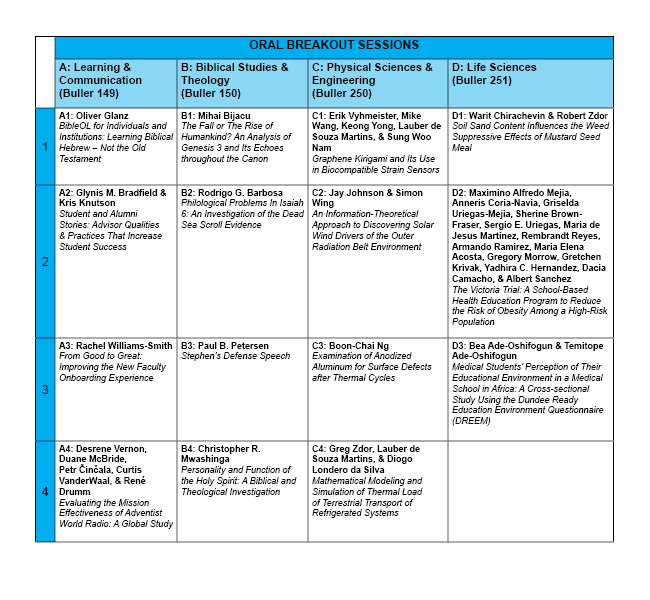C-2 An Information-Theoretical Approach to Discovering Solar Wind Drivers of the Outer Radiation Belt Environment
Presenter Status
Professor, Department of Engineering and Computer Science
Second Presenter Status
Principal Research Physicist, Applied Physics Laboratory
Preferred Session
Oral Session
Start Date
4-11-2016 3:15 PM
End Date
4-11-2016 3:30 PM
Presentation Abstract
One of the dramatic discoveries over the last solar cycle was the realization that the radiation belts are highly dynamic, and fluxes of relativistic electrons throughout the belts can suddenly increase or decrease by factors of 100 or more during geomagnetic storms [Reeves, 2007]. Understanding the response of Earth's radiation belts to solar interplanetary structures is challenging because the variability of the radiation belt environment is associated with complex nonlinear processes that occur during storms and substorms. Substorms are highly nonlinear phenomena that involve loading and sudden release of energy. Particle energization in storms involves a complex interplay between particle injections from the magnetotail, excitation of waves, nonlinear growth and saturation of instabilities, and wave-particle interactions. We examine causal control of the radiation belt environment by the solar wind using conditional mutual information and transfer entropy as discriminating statistics. We find that the radiation belt is primarily controlled by solar wind velocity, but the solar wind density plays an important role on shorter time scales---likely associated with magnetopause shadowing. We discuss the physical processes responsible for these causal relationships.
C-2 An Information-Theoretical Approach to Discovering Solar Wind Drivers of the Outer Radiation Belt Environment
One of the dramatic discoveries over the last solar cycle was the realization that the radiation belts are highly dynamic, and fluxes of relativistic electrons throughout the belts can suddenly increase or decrease by factors of 100 or more during geomagnetic storms [Reeves, 2007]. Understanding the response of Earth's radiation belts to solar interplanetary structures is challenging because the variability of the radiation belt environment is associated with complex nonlinear processes that occur during storms and substorms. Substorms are highly nonlinear phenomena that involve loading and sudden release of energy. Particle energization in storms involves a complex interplay between particle injections from the magnetotail, excitation of waves, nonlinear growth and saturation of instabilities, and wave-particle interactions. We examine causal control of the radiation belt environment by the solar wind using conditional mutual information and transfer entropy as discriminating statistics. We find that the radiation belt is primarily controlled by solar wind velocity, but the solar wind density plays an important role on shorter time scales---likely associated with magnetopause shadowing. We discuss the physical processes responsible for these causal relationships.




Acknowledgments
This project was supported by grants from NSF and NASA.